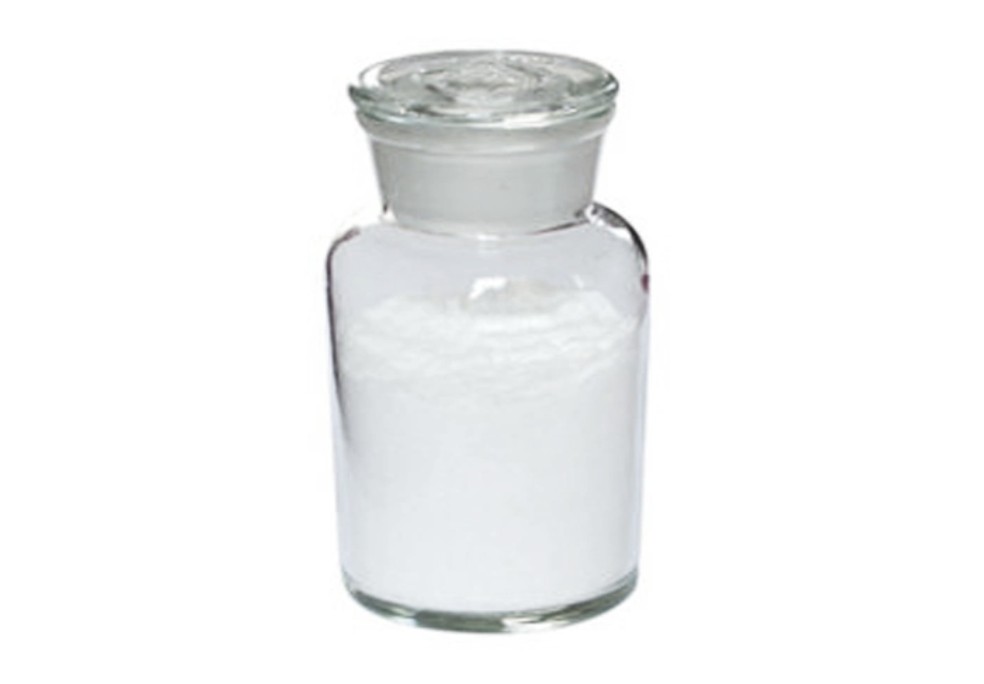Chitosan is a linear polysaccharide composed of randomly distributed -(1-4)-linked D-glucosamine (deacetylated unit) and N-acetyl-D-glucosamine (acetylated unit). It is made by treating shrimp and other crustacean shells with the alkali sodium hydroxide.
Chitosan has a number of commercial and possible biomedical uses. It can be used in agriculture as a seed treatment and biopesticide, helping plants to fight off fungal infections. In winemaking it can be used as a fining agent, also helping to prevent spoilage. In industry, it can be used in a self-healing polyurethane paint coating. In medicine, it may be useful in bandages to reduce bleeding and as an antibacterial agent; it can also be used to help deliver drugs through the skin.
More controversially, chitosan has been asserted to have use in limiting fat absorption, which would make it useful for dieting, but there is evidence against this. Other uses of chitosan that have been researched include use as a soluble dietary fiber.
1. Promoting blood coagulation and wound healing;
2. Used as drug sustained-release matrix;
3. Used in artificial tissues and organs;
4. Improving the immunity, guarding against hypertension, regulating blood sugar, anti-ageing, enhancing acid constitution,enz.






















